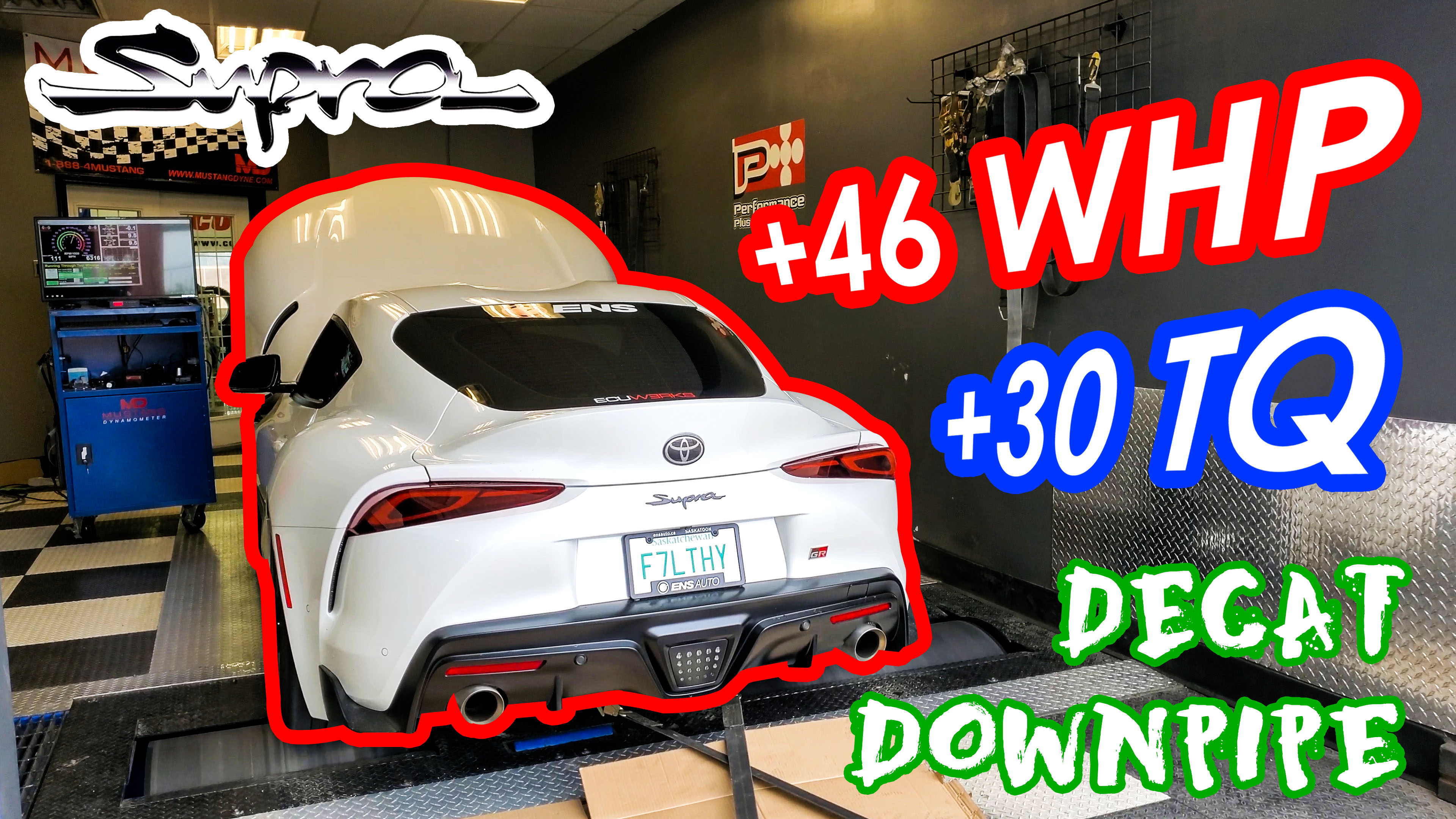As an enthusiast, you probably know that an aftermarket exhaust will add power to your car, or at least that’s what the internet says. The idea is that with a less restrictive exhaust your car gains power. What confuses many people is why a less restrictive exhaust gains power. Things like thermal efficiency, scavenging, velocity, and total flow all matter and can separate a great exhaust from a bad one. In this short article, we’re going to dive in-depth on everything you need to know about Armytrix exhaust systems and how they increase power.
As you probably know, exhaust gases are a byproduct of combustion. After the engine goes through the intake, compression, and ignition cycles, it now has hot gases it needs to expel to continue the cycle. The exhaust valve opens, and the piston comes up, forcing the air out of the engine and into the exhaust system. The purpose of the exhaust system is to route these potentially harmful gasses away from the cab of the vehicle and to the rear or sides.
Bigger is Always Better, Right?
Once the exhaust gases are forced out of the cylinder, they flow through the exhaust ports of the cylinder head(s) to the exhaust header(s). The gases come out in pulses, and if the headers are correctly designed, the low-pressure zone behind the pulse can help pull the next pulse along at a faster rate. This is known as scavenging and is one of the critical components to an aftermarket exhaust making more power compared to the stock exhaust.
After the header(s) is the rest of the exhaust system, which is typically comprised of a catalytic converter, mufflers, and resonators. In turbocharged cars, the exhaust gases flow through the exhaust housing of the turbocharger, then exit through a downpipe which mates up to the rest of the system. Depending on the size of your engine, how much power you’re trying to make, and a variety of other factors, the size of the piping will effect exhaust flow. The general idea is that a larger diameter is always better, but the law of diminishing returns applies; for example, a 5” exhaust on a four-cylinder engine is unlikely to make a difference in power compared to a 3” exhaust.
Heat is Energy
In case you didn’t know, heat is energy. As exhaust gas cools, its velocity decreases. Harnessing this energy isn’t extremely important for a naturally aspirated vehicle, but it’s important for turbocharged vehicles. With hot, high-velocity exhaust gases entering the turbocharger, the turbine can be spun faster resulting in better spool times, more power, and ultimately much better thermal efficiency. You can harness even more of the energy by using an exhaust wrap which is designed to keep the heat inside the header instead of it dissipating to the air under your hood.
Back Pressure Myth
All over the internet are “experts” claiming that four-stroke engines need ‘x’ amount of back pressure to run properly. This is entirely false. You see, with less back pressure the gases can exit the cylinder faster, resisting the upwards force of the piston less, and allowing the engine to rotate easier and ultimately make more power. The reason so many internet “experts” claim that you need back pressure is that unless a huge amount of time is spent on research and development, creating an exhaust system with no back pressure, great scavenging, and a great sound is basically impossible.
In general, a well-designed exhaust system is designed with a focus on improving scavenging and back pressure is not as large of a concern. To put it simply, most performance exhaust systems have a small amount of back pressure, as tuning that absolutely nothing is borderline impossible unless you are just running some sort of open header system which will be incredibly loud and is not something you want for the street. The real gains are in improving scavenging as much as possible, with decreasing back pressure also being a factor to power improvement.
How we do it
In general, larger piping diameter means more power, but that does not mean all exhaust systems are created equal. Armytrix focuses on not only improving flow, scavenging, and decreasing back pressure, but also on fine-tuning the exhaust note and keeping the entire design lightweight. Not only will an Armytrix exhaust increase power, but it will also be lighter than the stock exhaust, and our Valvetronic system allows you to quickly and easily change the exhaust note on the fly.



